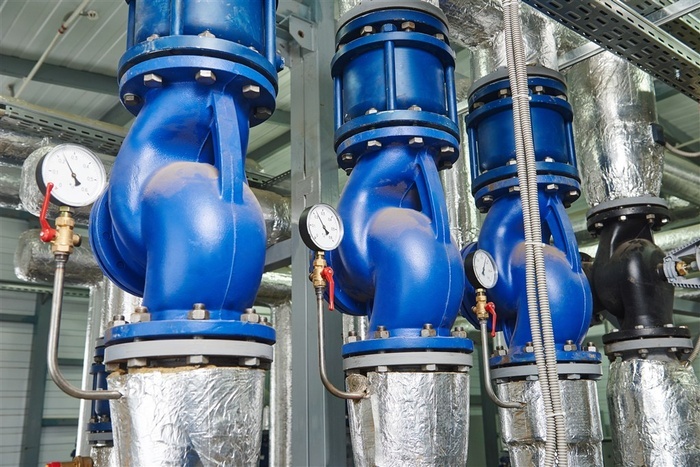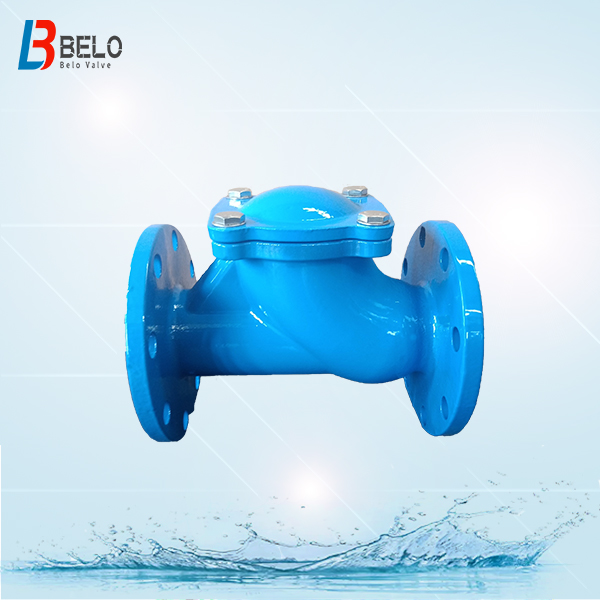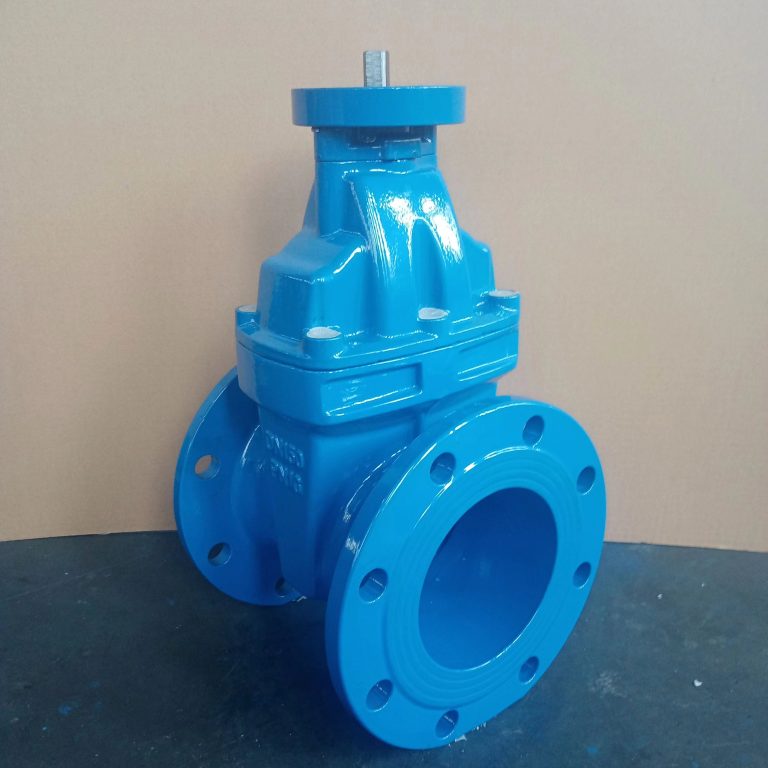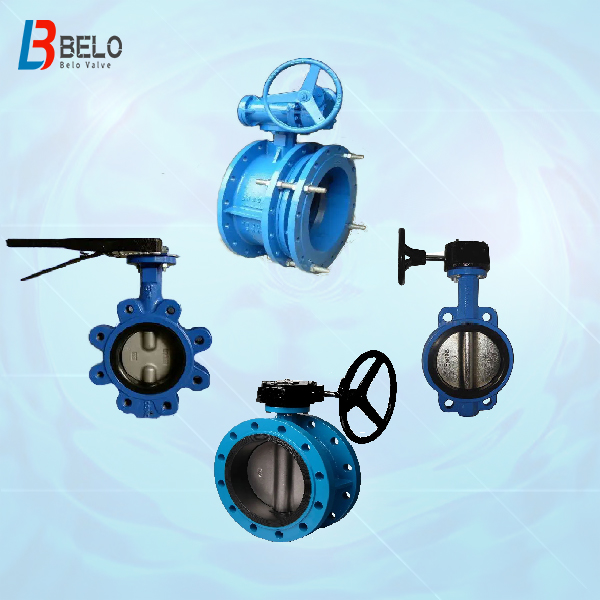The swing check valve is doing a lot of works, and its product quality is very important. The normal operation of the swing check valve is the guarantee of continuous works. If you have a spare time, you can check the quality of the swing check valve through various testing methods to achieve the purpose of safe work. So how a swing check valve is tested?
We usually divide the easiest way to check the swing check valve into three steps:
- Open the swing check valve passage, fill the valve cavity with water(or kerosene),and increase the pressure to the pressure required by the strength test, and check the valve body, bonnet, gasket and packing are leaking or not.
- Close the valve circuit, pressurize one side of the swing check valve to the nominal pressure, and detect whether there is leakage from the other side.
- Turn the swing check valve upside down and test the opposite side.
Through the above three simple steps, it can be analyzed whether the basic working state of the swing check valve is abnormal.
Of curse, there are also more complicated inspection methods. The methods indicated below are aimed at more troublesome potential problems. The steps can be basically divided into two steps:
- the nominal pressure of the swing check valve test pressure ranges from 0.4Mpa-32Mpa. For these common pressure check valves, the valve strength test pressure is 1.5 times the nominal pressure. The check valve sealing test pressure is equal to 1.1 times the nominal pressure.
- The check valve test bench usually has a pressing part above, and a pipeline connected to the pressure test pump below. After the valve is compressed, the pressure test pump works, and the pressure of the check valve can be read from the pressure gauge of the pressure test pump. When the electric valve is pressure tested and filled with water, the air in the check valve should be drained. The upper pressure plate of the test bench has an exhaust hole, which is opened and closed with a small valve. A sign of clean air is that all that comes out of the vent is water. After closing the vent, start to increase the pressure. The boosting process should be slow, not sharp. After reaching the standard pressure level, keep it for 3 minutes, if the pressure does not change, which means that check valve is qualified.









